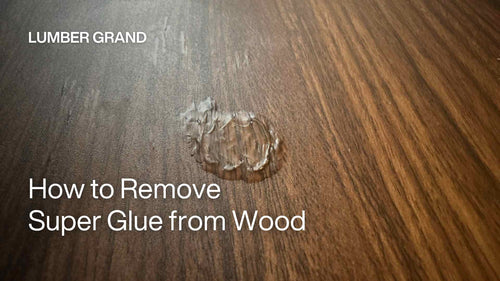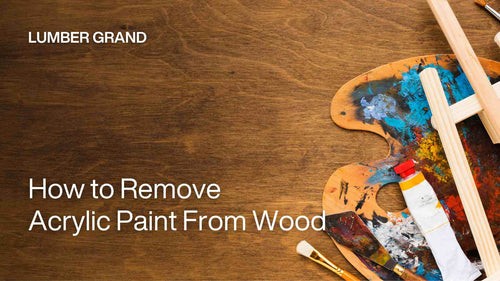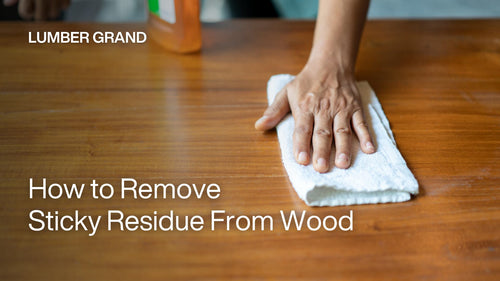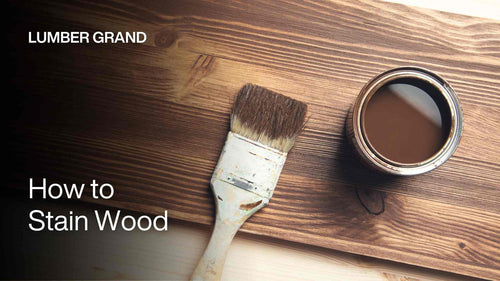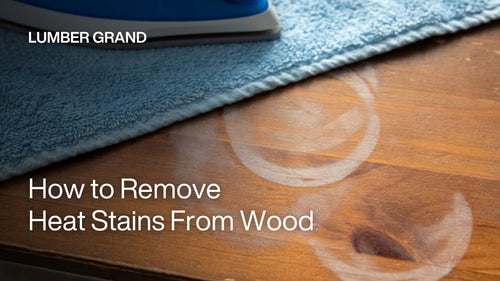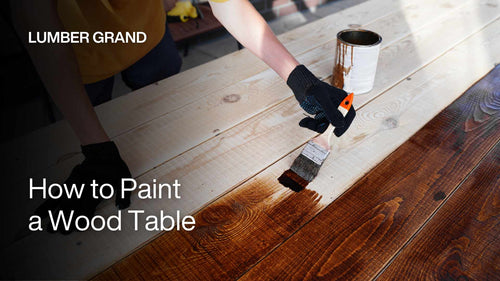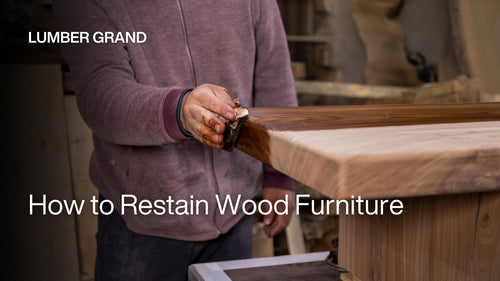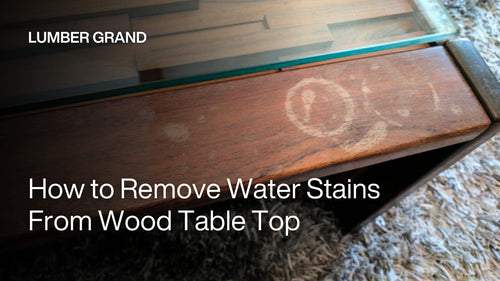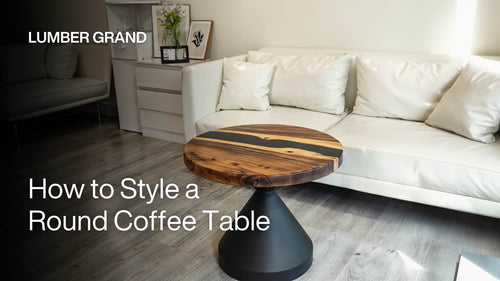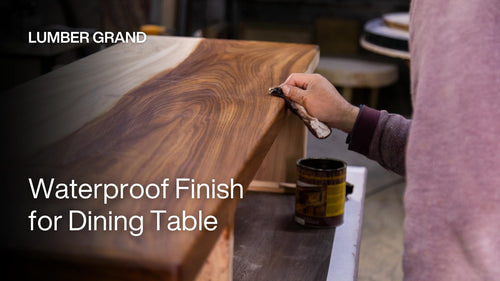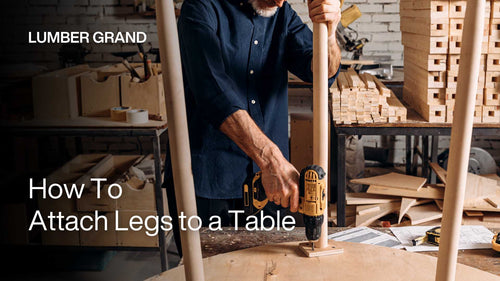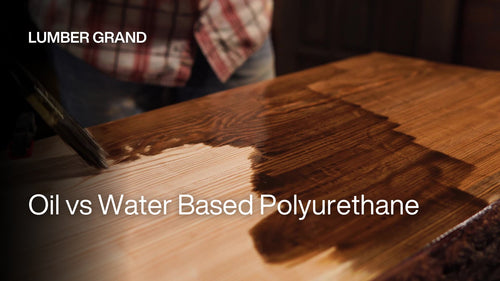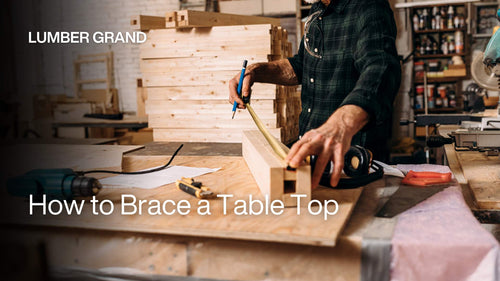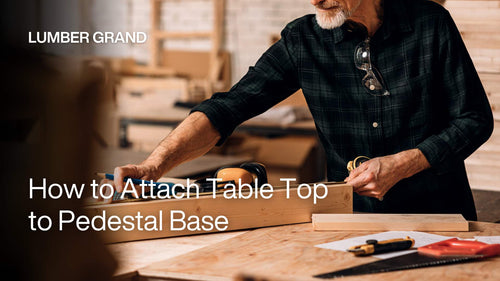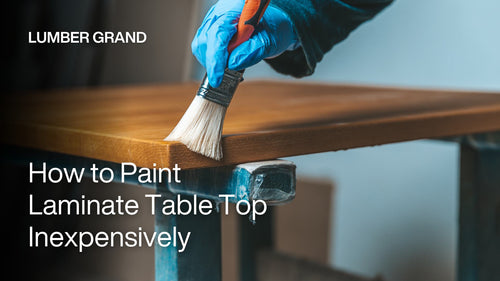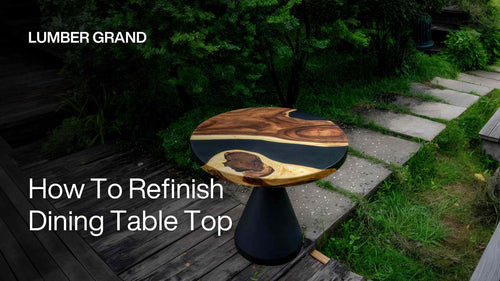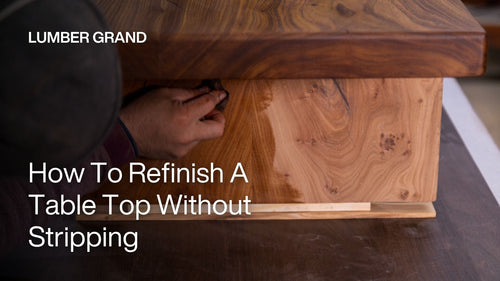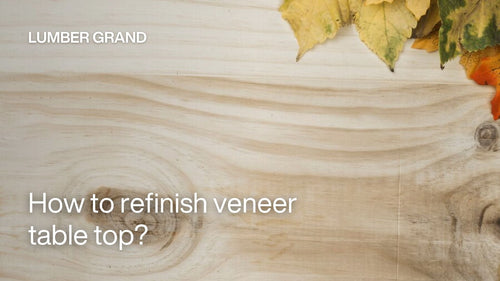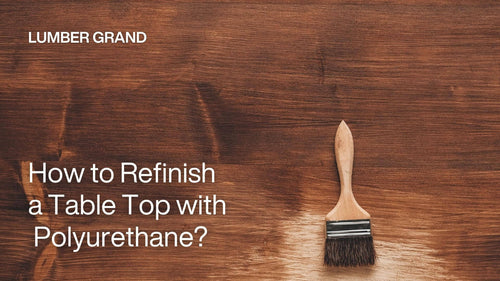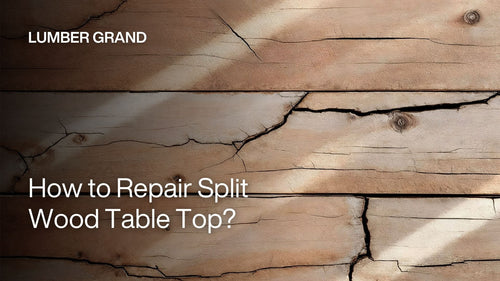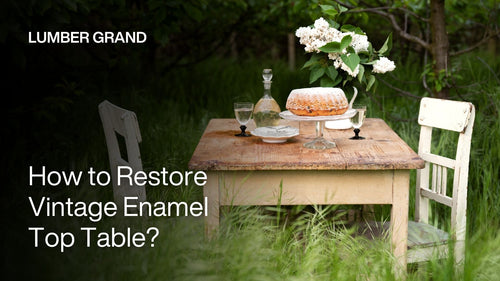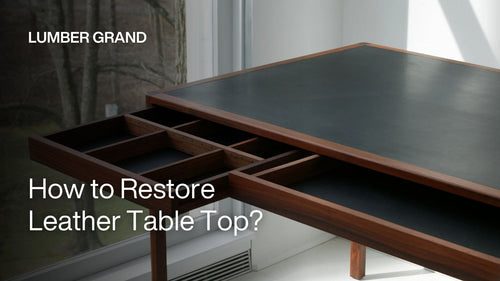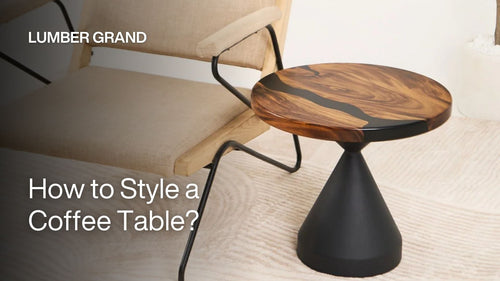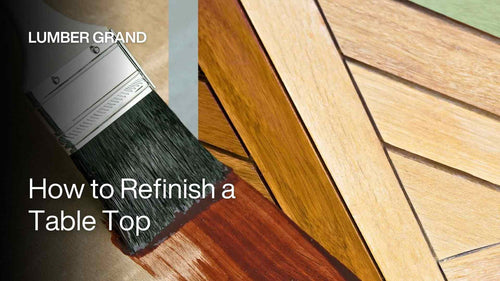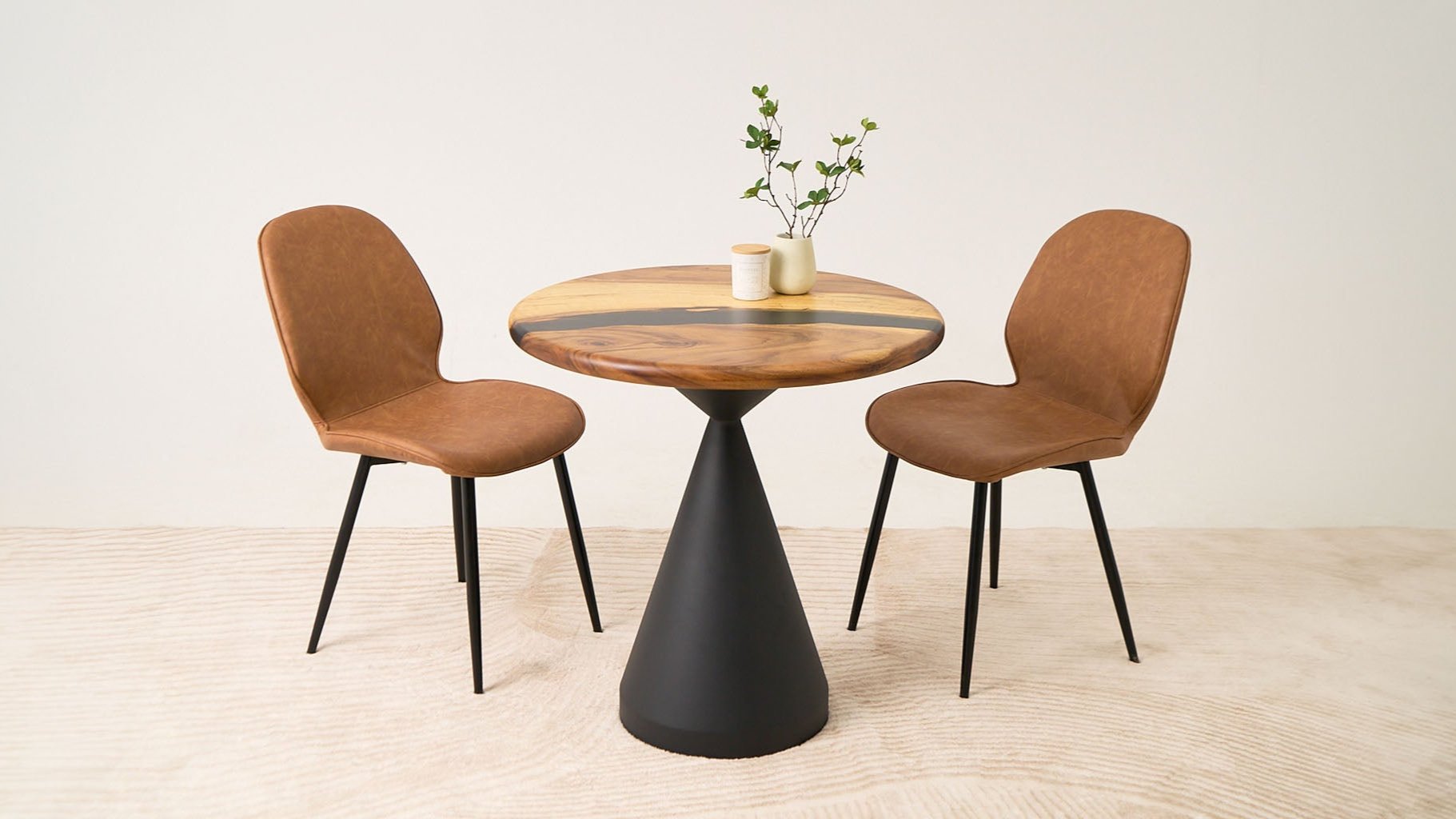Lumber Grand shows you the difference between deep pour and table top epoxy. From optimal use to pour depth, we will help you select the best match. Explore the full comparison below to make an informed decision for your next epoxy project.
What’s the Difference Between Deep Pour and Table Top Epoxy?
Understanding the difference between deep pour and table top epoxy is crucial when selecting the best epoxy for your job. Despite their similar appearance, these two resins are designed to serve quite different functions:
|
Table Top Epoxy |
Deep Pour Epoxy |
|
|
Ideal Uses |
|
|
|
Pros |
|
|
|
Cons |
|
|
Table top epoxy is renowned for its glossy appearance and quick drying, the limited pour depth and short working time of table top epoxy are drawbacks. Because of these characteristics, table top epoxy is perfect for applying paint to surfaces like bar tops or artwork, but not appropriate for deep molds.
Understanding the difference between deep pour and table top epoxy is key when choosing the right resin for your project. The increased viscosity of table top epoxy may cause the resin to take longer to spread evenly, which is important to keep in mind when working on intricate items. In contrast, because of the low viscosity and extended working time, deep pour epoxy provides greater flexibility for complex patterns.
Deep pour epoxy is a preferable option for river tables or thick castings because this type of resin flows freely into confined spaces and minimizes air bubbles. Although deep pour epoxy dining table takes more time to cure, the end product is a strong, clear finish that requires no effort to be rushed.

Deep Pour and Table Top Epoxy
Photo: The Home Depot, UltraClear Epoxy
Read more: 7 Best Table Top Epoxy Options: Complete Buying Guide & Tips
Tips for Choosing the Right Epoxy for Your Project
It's important to know how an epoxy works in certain situations and for specific kinds of projects . Whether you're working on a deep pour casting or a table top, these suggestions will help you make the most effective choice possible:
-
Check max pour depth: Certain pour depth constraints are incorporated into the formulation of epoxy. Tabletop epoxy is ideal for sealing surfaces since it typically accommodates pours up to 1/8 inch. The best deep pour epoxy resin for river table can handle up to 2 inches in a single pour without overheating or improperly curing, making it ideal for thick applications like river tables.
-
Match epoxy type to project scale: Use tabletop epoxy to apply thin, protective coatings to surfaces such as bar tops or counters. Epoxy deep pour is intended for large scale castings.
-
Don’t mix brands/types: Mixing different brands or formulations of epoxy might influence the quality of the finished product and cause curing problems. To keep your project clear and durable, stick to a single method.
-
Consider cure time and work time: Every epoxy has a unique working and curing period. You might ask, how long does epoxy take to dry on a table? - the answer varies, but typically it cures touch in 24–48 hours and fully in about 72 hours. Choose according to your surroundings and timetable.
-
Polyurethane vs epoxy table top: When choosing between polyurethane vs epoxy table top finishes, keep the following in mind: Epoxy provides a surface that is thicker, glossier, and more resistant to impact, whereas polyurethane is thinner but more flexible and UV resistant.

Choose the right epoxy for the best project results
Photo: UltraClear Epoxy, Arts Shala, WOOD Magazine
Please feel free to contact contact@lumbergrand.com for qualified advice if you're still not sure which choice is ideal for your upcoming project. Lumber Grand is here to support you in making wise decisions and producing beautiful epoxy patterns that endure.
Ready to elevate your DIY project? Find inspiration in our curated selection of table top epoxy creations.
Understanding the difference between deep pour and table top epoxy is vital for getting a perfect finish and long lasting effects. Choosing the proper kind of epoxy ensures both strength and aesthetic appeal, whether you're sealing a countertop or building a river table.









